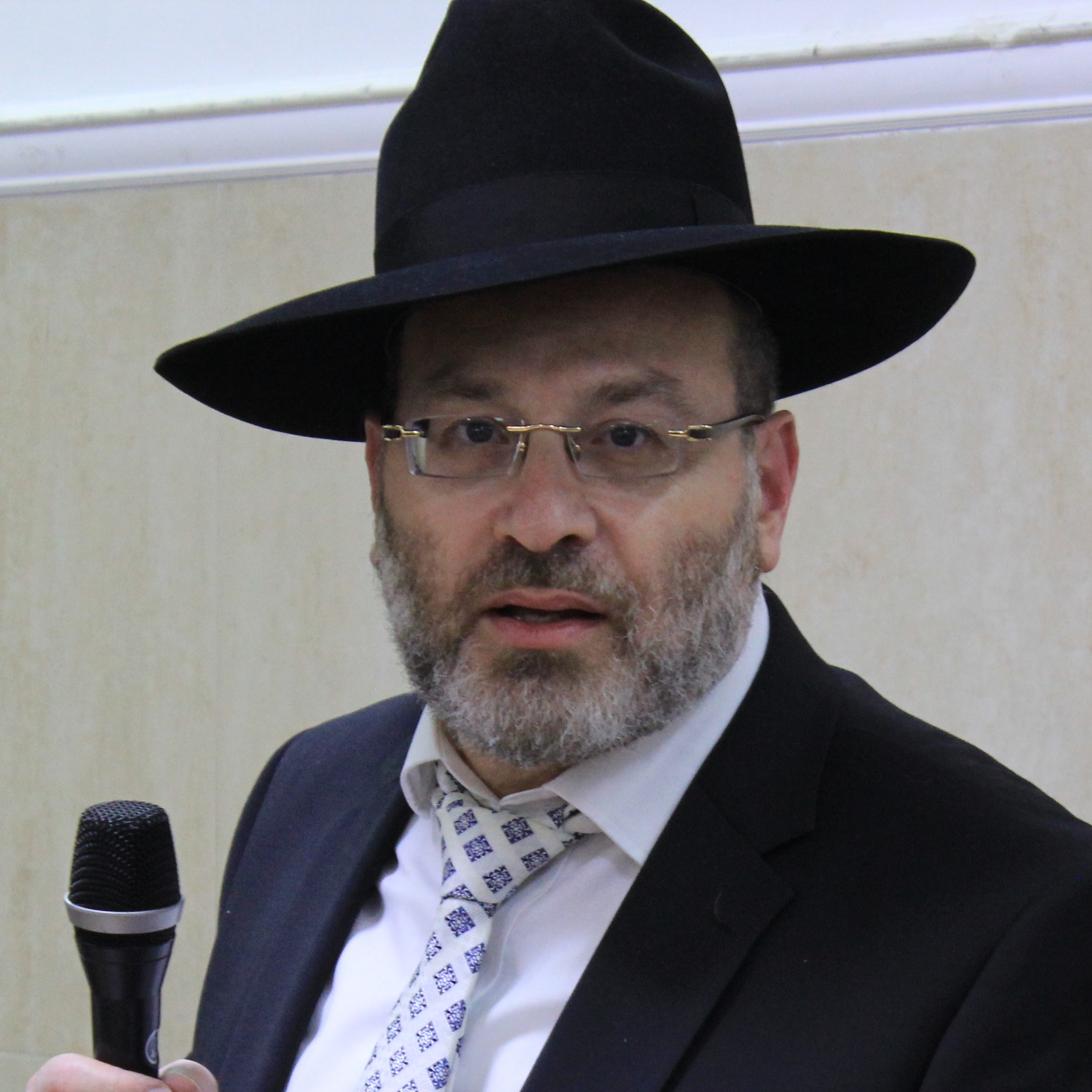Keep It Real

Forgery expert Rav Yitzchak Yeshaya Weiss exposes tricksters and frauds

Photos: Itzik Belinsky
The apartment in the Neve Achiezer neighborhood of Bnei Brak looks like a typical rabbinic home: A dining room walled with seforim, from floor to ceiling, shelves crammed into every available corner. But the seforim in this room are actually the main characters in some fascinating detective stories.
Rav Yitzchak Yeshaya Weiss, the rav of Neve Achiezer, is a famed mechaber seforim and posek renowned for his proficiency in halachic literature. He spent decades editing the writings of scholars from previous generations, and put out the legendary Torah journal Tzefonot (with his unforgettable friend, Reb Zusha Kinstlicher, ztz”l), featuring manuscripts of Torah giants.
Along the way he gained a unique expertise in discerning forged manuscripts, a skill that’s the fruit of tremendous Torah knowledge, proficiency in the history of seforim, and most importantly, a sharp eye for tiny details that others might easily miss.
In the antiques market, which is riven with forgers and counterfeiters, this combination of traits is vital. A person who is about to pay a few thousand (or even hundreds of thousands of) dollars for a historic manuscript would do well to verify it’s neither a forgery nor a copy.
Rav Weiss has become an address, a rav hamachshir of sorts, in this rarified market. Many dealers and clients won’t close a Judaica deal before getting his stamp of approval — and many forgers see him as their nemesis. Many fraudulent deals find an early end here in his living room, where he spares trusting would-be buyers from falling into a painful — and expensive — trap.
On any random day you can find multiple manuscripts on the Rav’s desk. His nod of approval can transform those pieces of paper into treasures worth a hefty fortune. Rav Weiss’s clues in the authentication process can be as minor as a blurred word, ink stain, or hole gnawed by a bookworm. But his scholarship and intuition are just as valuable in this unique type of detective work.
Oops! We could not locate your form.







